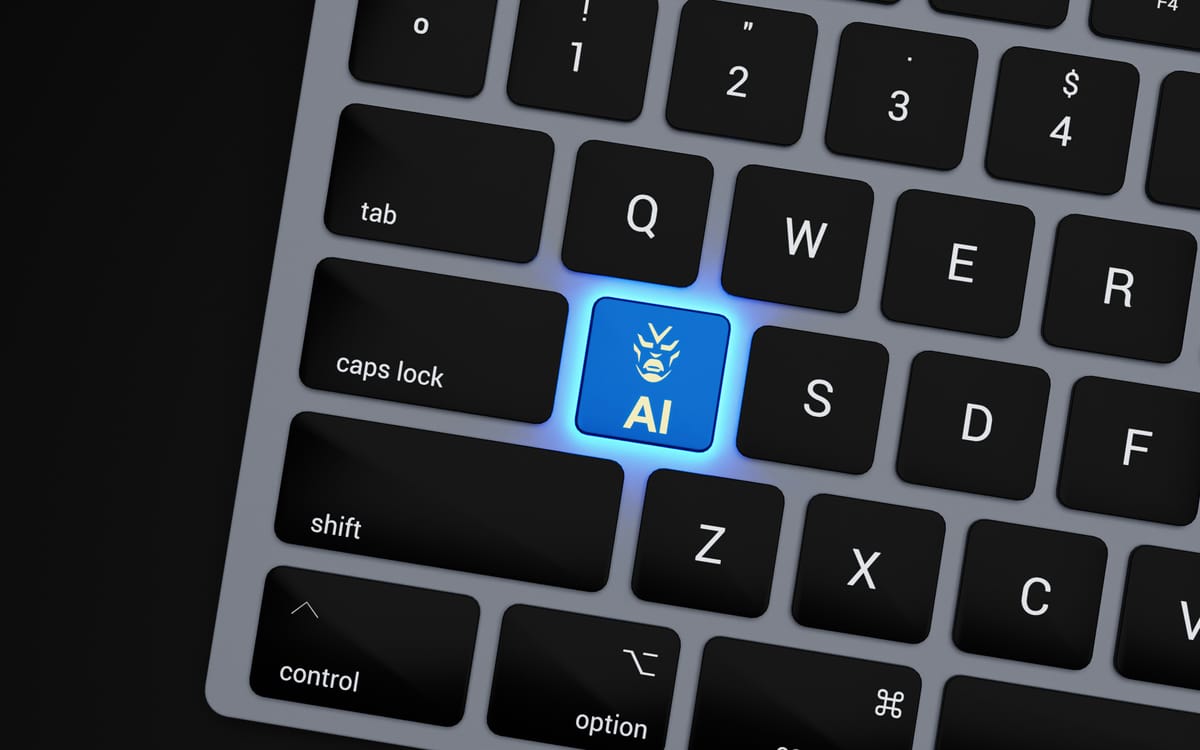The Digital Revolution: Decoding AI Terminology

Artificial intelligence (AI) has been a concept in computer science since the 1950s, but it only entered mainstream consciousness toward the end of 2022. Recent breakthroughs in machine learning have sparked a technological transformation that's reshaping nearly every aspect of our lives. This guide aims to demystify key AI terms, empowering you to navigate the global conversation with confidence.

- Artificial Intelligence: The Digital Brain Artificial intelligence represents a sophisticated computer system capable of mimicking human-like intelligence. These digital intellects can comprehend language, make decisions, translate between languages, analyze sentiment, and even learn from experience. Unlike science fiction robots, AI systems are software programs running on computers, powered by complex algorithms that process massive data collections to automate tasks traditionally requiring human intelligence.
While direct interactions with AI occur (like chatting with virtual assistants), these intelligent systems more often operate behind the scenes — suggesting typing completions, curating personalized playlists, and tailoring information to individual preferences.
- Machine Learning: Teaching Computers to Think Machine learning is the engine driving artificial intelligence forward. This computer science discipline involves training systems to recognize patterns and make predictions by repeatedly processing data through sophisticated algorithms. Think of it like a musician practicing scales millions of times to master sight-reading — computers similarly refine their capabilities through continuous learning.
Particularly powerful in solving complex problems like image recognition and language translation, machine learning has become increasingly viable due to digital information expansion and computational advances. This technological evolution explains the sudden emergence of advanced language models like ChatGPT.
- Large Language Models: Digital Communication Experts Large language models (LLMs) leverage machine learning to process and mimic human communication. Built on neural networks inspired by brain structures, these models are trained on enormous text collections to understand linguistic patterns and relationships.
Their capabilities span diverse applications: translating languages, answering questions, summarizing texts, and even generating creative content like stories and poetry. While they can sound remarkably human-like, they don't possess genuine thoughts or emotions — they're sophisticated pattern-recognition systems.
- Generative AI: Creating Beyond Reproduction Generative AI transcends information retrieval by creating entirely new content. By learning underlying patterns and structures, these systems can generate original works across various mediums — pictures, music, text, videos, and code. From artistic creation to administrative assistance, generative AI offers unprecedented creative potential.
However, this technology also raises ethical concerns, as it can potentially produce misleading content like fabricated news or synthetic images.
- Hallucinations: When AI Imagination Overreaches Generative AI systems occasionally produce inaccurate or entirely fictional responses, termed "hallucinations" or "fabrications." Similar to mistaking moon shadows for a face, these systems can generate convincing but false narratives. Developers combat this through "grounding" techniques, supplementing AI models with trusted information sources to enhance accuracy.
- Responsible AI: Ensuring Fairness and Safety Responsible AI represents a critical approach to developing ethical, unbiased technological systems. By carefully examining training data and implementing comprehensive safeguards, developers aim to create AI that reflects broader societal diversity and mitigates potential discriminatory tendencies.
- Multimodal Models: The Ultimate Multitaskers Multimodal models represent a technological leap, capable of simultaneously processing diverse data types — images, sounds, and text. These advanced systems can integrate multiple information streams to perform complex tasks with remarkable efficiency.
- Prompts: Precise Digital Communication Prompts are carefully crafted instructions guiding AI systems. Like placing a nuanced restaurant order, effective prompts require specificity and clarity to achieve desired outcomes.
- Copilots: Intelligent Digital Assistants Copilots function as personalized digital assistants integrated into various applications. Leveraging large language models, they provide support across writing, coding, data analysis, and decision-making tasks while maintaining user control and implementing robust safety protocols.
- Plugins: Expanding Technological Capabilities Plugins act like smartphone apps for AI systems, enabling expanded functionality without fundamental model modifications. They allow AI to interact with external services, access new information, and perform complex calculations.
As AI continues evolving, understanding these fundamental concepts will help you navigate this exciting technological landscape with confidence and insight.



